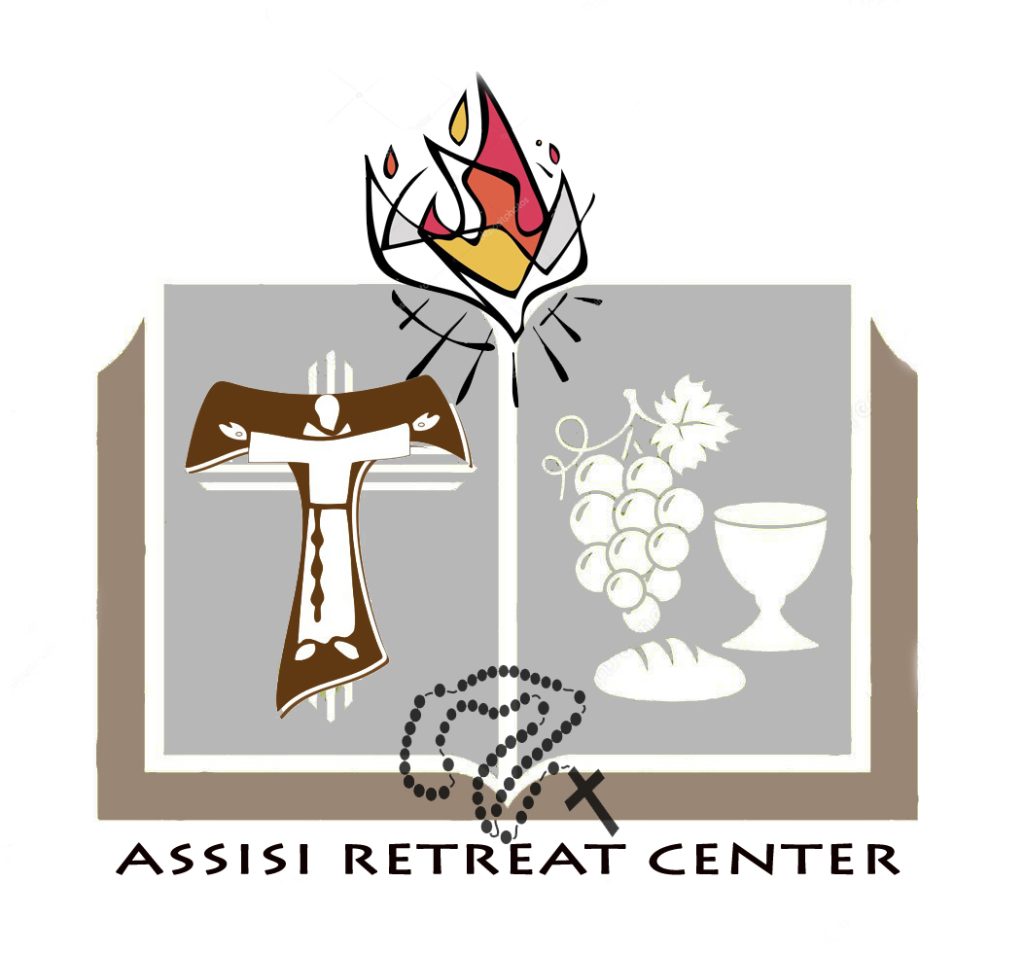

Assisi Renewal Center
Bharananganam
Menu

B´cnI kuJy [ym\w



Emotional Healing and Restoration
The core of an inner healing retreat is emotional restoration. Many individuals carry emotional pain from past experiences such as loss, abuse, rejection, or unmet needs. During the retreat, participants engage in various activities designed to address and release these emotional wounds. Through prayer, meditation, and guided reflection, they can confront and process unresolved emotions in a safe and compassionate environment.

Breaking Free from Negative Patterns
A significant goal of the inner healing retreat is to help participants break free from unhealthy patterns, beliefs, and cycles that may have been created by past wounds. The retreat helps individuals identify and release negative thought patterns or behaviors that prevent them from living in freedom and wholeness. By confronting these issues and allowing healing to take place, participants can experience a sense of renewal and peace.

Counseling and Support
Throughout the retreat, individuals may have the opportunity for one-on-one or group counseling sessions where they can explore their personal struggles and receive guidance. Counselors or facilitators help participants identify the root causes of their pain and offer strategies to heal and move forward. This support offers a sense of safety and validation, fostering an environment where deep emotional wounds can be addressed.

Forgiveness and Letting Go
A key aspect of inner healing is the process of forgiveness. Many emotional wounds are tied to unforgiveness, whether towards others or oneself. The retreat often provides teachings on the importance of forgiveness and exercises to help individuals release resentment, bitterness, and anger. By letting go of past hurts and choosing forgiveness, participants experience freedom and emotional healing.